Multimodal AI Models
learn to design, train, and deploy systems that integrate vision, language, audio, and structured data for advanced perception and reasoning.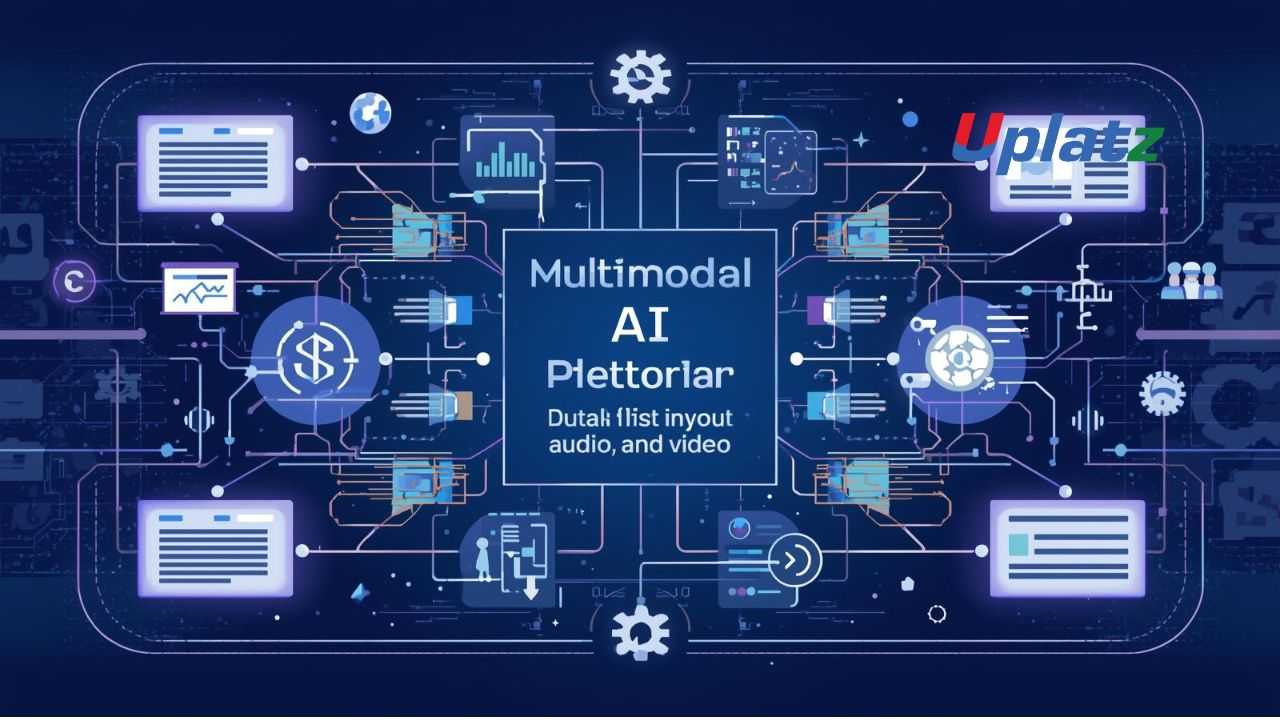 Price Match Guarantee
Full Lifetime Access
Access on any Device
Technical Support
Secure Checkout
Course Completion Certificate
Price Match Guarantee
Full Lifetime Access
Access on any Device
Technical Support
Secure Checkout
Course Completion Certificate
 92% Started a new career
BUY THIS COURSE (
92% Started a new career
BUY THIS COURSE (GBP 12 GBP 29 )-
 83% Got a pay increase and promotion
83% Got a pay increase and promotion
Students also bought -
-
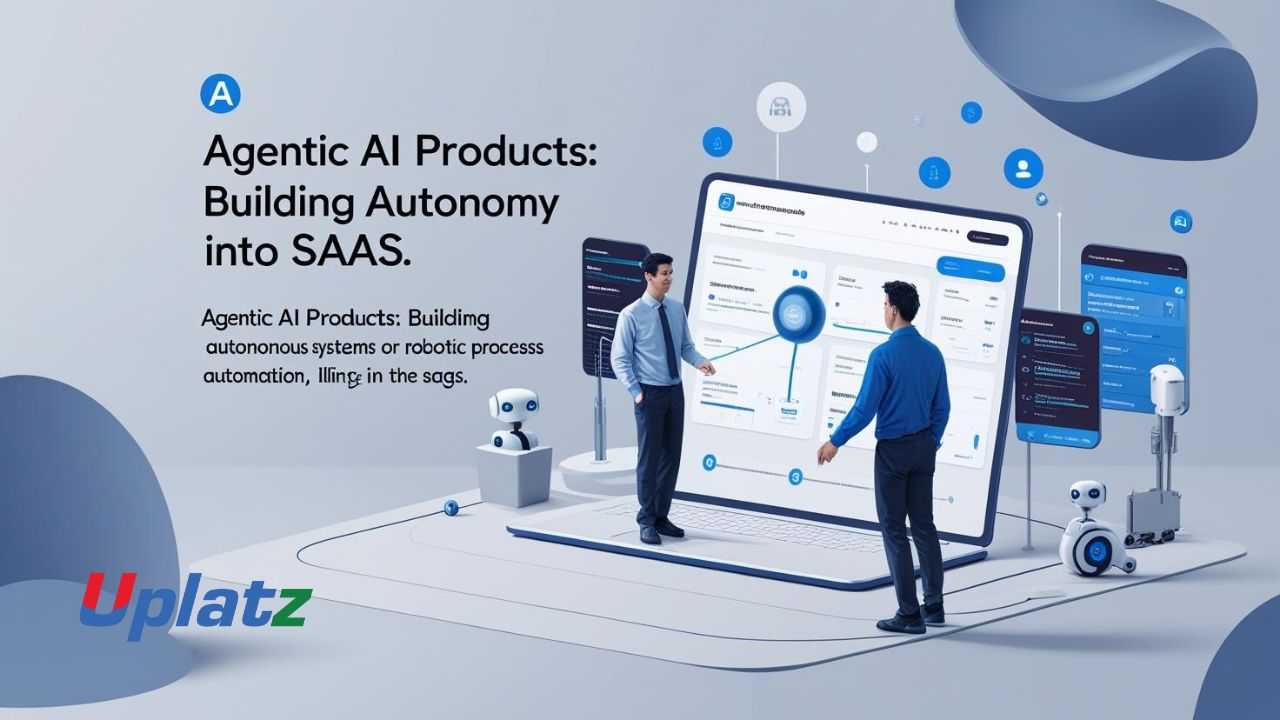
- Agentic AI Products: Building Autonomy into SaaS
- 10 Hours
- GBP 12
- 10 Learners
-
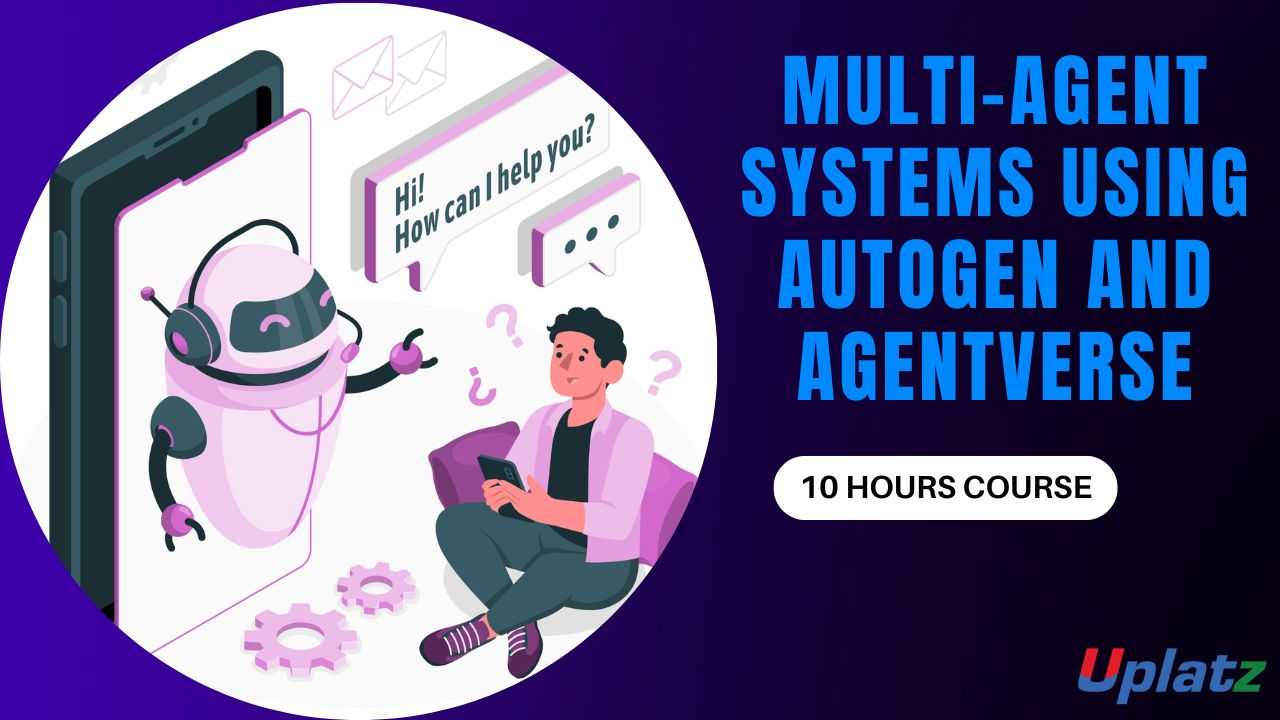
- Multi-Agent Systems using AutoGen and AgentVerse
- 10 Hours
- GBP 12
- 10 Learners
-
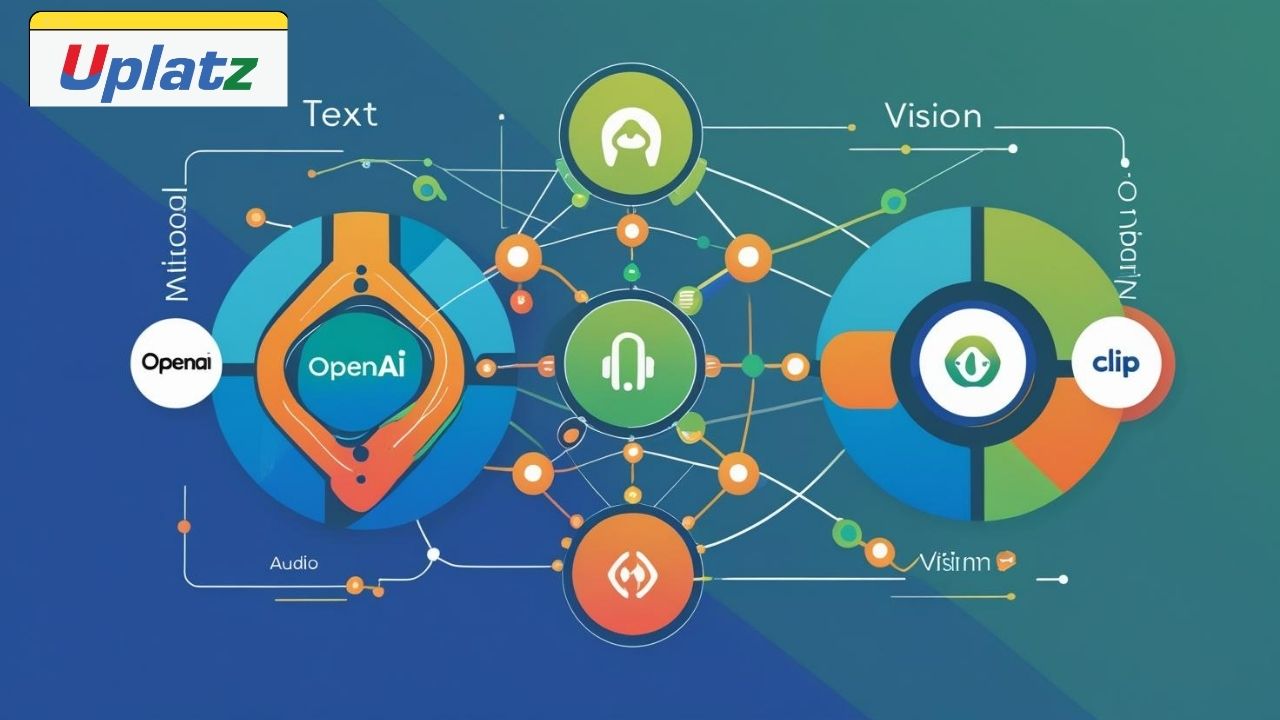
- Multimodal AI: Integrating Text, Vision & Audio with OpenAI, HuggingFace & CLIP
- 10 Hours
- GBP 12
- 10 Learners
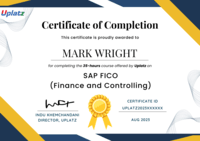
Multimodal AI Models – Design, Train, and Deploy Cross-Domain Intelligent Systems
Multimodal AI Models is a comprehensive course designed to equip learners with the knowledge and practical skills to build the next generation of intelligent systems that see, hear, read, and understand the world across multiple data modalities.
This course is ideal for AI developers, data scientists, machine learning engineers, and researchers who want to understand how multimodal systems integrate text, image, video, audio, and sensor data to achieve richer reasoning and contextual understanding.
Multimodal AI represents a transformative leap in machine learning — moving from single-source perception to cross-domain intelligence. From models like CLIP and Flamingo to Gemini and GPT-4, the course delves into the architectures, training methodologies, and integration strategies that enable unified reasoning across modalities.
You’ll explore how to build models capable of joint embedding, cross-modal retrieval, visual question answering (VQA), speech understanding, and text-to-image or video generation. By combining theory with hands-on practice, this course empowers you to create robust, scalable, and deployable multimodal AI systems for real-world applications in business, healthcare, robotics, and entertainment.
What You Will Gain
By the end of the course, you will have developed multiple projects demonstrating cross-modal learning, including:
- A Text-to-Image Generation Model using diffusion and transformer-based architectures.
- A Visual Question Answering System integrating image and text reasoning.
- A Multimodal Sentiment Analyzer combining voice tone, facial expression, and textual context.
- A Multimodal Retrieval System linking images, captions, and audio descriptions.
These projects not only reinforce the theory but also help you showcase practical expertise in designing and implementing cutting-edge multimodal systems.
You’ll learn how to:
- Understand core architectures behind models like CLIP, BLIP, and Flamingo.
- Process, align, and embed multimodal data into a shared latent space.
- Train fusion models combining vision, text, and audio.
- Implement attention and transformer mechanisms for cross-modal interaction.
- Evaluate and deploy multimodal AI applications on scalable infrastructure.
Who This Course Is For
This course is designed for:
- AI/ML Engineers seeking to master cross-modal architectures.
- Data Scientists working on multimodal analytics and embeddings.
- Deep Learning Researchers exploring fusion and joint representation learning.
- Computer Vision and NLP Practitioners wanting to integrate domains.
- Tech Entrepreneurs aiming to build AI-powered applications that “see and speak.”
- Students and Graduates interested in advanced AI model design.
No matter your starting point, the course gradually builds from single-modality concepts to complete multimodal system deployment.
Why Learn Multimodal AI Models?
The world is inherently multimodal — we interpret information through sight, sound, and language simultaneously. Multimodal AI aims to replicate this human-like comprehension by unifying text, vision, and audio.
From image captioning and video summarization to AI assistants that understand both speech and visuals, multimodal systems are redefining how machines interact with the world.
Learning Multimodal AI empowers you to:
- Build models that integrate different sensory data streams.
- Enable richer and more accurate predictions.
- Develop AI agents with contextual and grounded understanding.
- Enter one of the most in-demand AI research and engineering fields in 2025+.
Top companies like OpenAI, Google DeepMind, Anthropic, Meta AI, and NVIDIA are investing heavily in multimodal intelligence — making this skillset extremely valuable across industries.
By completing this course, learners will be able to:
- Understand the principles and architecture of multimodal learning.
- Design pipelines for processing images, audio, text, and video data.
- Implement joint embedding and alignment strategies.
- Build transformer-based fusion models (e.g., CLIP, BLIP-2, Flamingo).
- Train, fine-tune, and evaluate multimodal neural networks.
- Deploy multimodal applications using cloud-based APIs and microservices.
- Apply ethical, bias-aware, and responsible AI design principles.
Course Syllabus
Module 1: Introduction to Multimodal AI
Overview of unimodal vs. multimodal systems; evolution and use cases.
Module 2: Data Modalities and Representation Learning
Understanding image, text, audio, and video data formats.
Module 3: Joint Embedding and Cross-Modal Alignment
Creating shared latent spaces and contrastive learning principles.
Module 4: Architectures Behind Multimodal Models
Vision Transformers (ViT), CLIP, BLIP, and Flamingo explained.
Module 5: Feature Extraction Techniques
CNNs for vision, transformers for text, and spectrograms for audio.
Module 6: Data Preprocessing and Normalization
Tokenization, image resizing, MFCC extraction, and multimodal synchronization.
Module 7: Vision-Language Pretraining
Contrastive pretraining, text-image pairing, and embedding alignment.
Module 8: Multimodal Transformers
Attention fusion, co-attention, and modality-specific encoder-decoder setups.
Module 9: Audio-Visual Models
Speech recognition, audio tagging, and video understanding.
Module 10: Multimodal Retrieval Systems
Text-to-image and image-to-text search pipelines.
Module 11: Generative Multimodal Models
Diffusion models, text-to-image (e.g., DALL·E, Stable Diffusion), and text-to-video synthesis.
Module 12: Visual Question Answering (VQA)
Building QA systems using vision-language reasoning.
Module 13: Multimodal Sentiment Analysis
Integrating emotion detection from audio, facial, and textual signals.
Module 14: Cross-Modal Transfer Learning
Using pretrained unimodal encoders for multimodal fusion tasks.
Module 15: Dataset Design and Curation
Creating balanced multimodal datasets (COCO, VQA, AudioSet, HowTo100M).
Module 16: Evaluation Metrics
BLEU, METEOR, CIDEr, FID, CLIPScore, and human evaluation.
Module 17: Ethical and Responsible Multimodal AI
Bias detection, fairness, interpretability, and data privacy.
Module 18: Real-World Applications
Healthcare imaging, robotics, content moderation, and media generation.
Module 19: Deployment of Multimodal Models
Using cloud APIs, ONNX export, and serving with Triton or FastAPI.
Module 20: Capstone Project – Multimodal Intelligence System
Design and deploy a complete cross-modal AI pipeline integrating vision, text, and audio understanding.
Module 21: Multimodal AI Interview Questions & Answers
Comprehensive Q&A on architectures, fusion strategies, and real-world applications.
Upon successful completion, learners will receive a Certificate of Proficiency in Multimodal AI Models from Uplatz.
This certification validates your expertise in cross-domain AI model design, embedding fusion, and multimodal reasoning—boosting your profile for AI research and applied engineering roles.
Multimodal AI is driving the future of machine understanding and interaction. Skilled professionals are in high demand for positions such as:
- Multimodal AI Engineer
- Vision-Language Researcher
- AI Product Developer
- Deep Learning Engineer (Multimodal Systems)
- Applied Scientist – Generative AI
- Conversational AI Architect
Industries like autonomous systems, media, healthcare, and e-commerce are integrating multimodal technologies into products and workflows, creating vast opportunities worldwide.
- What is a multimodal AI model?
A multimodal AI model integrates multiple data types—such as text, images, and audio—to perform tasks requiring cross-domain understanding. - How does contrastive learning support multimodal models?
It aligns embeddings from different modalities by minimizing distance between related pairs and maximizing it for unrelated pairs. - What are joint embeddings?
Joint embeddings represent multiple modalities in a shared feature space, enabling cross-modal retrieval and reasoning. - What is CLIP and why is it significant?
CLIP (Contrastive Language–Image Pretraining) learns visual concepts from natural language supervision, enabling zero-shot vision tasks. - What is the role of transformers in multimodal AI?
Transformers enable context-aware attention mechanisms for fusing modalities effectively. - How do you evaluate multimodal models?
Using metrics like FID, CLIPScore, BLEU, and human evaluation for quality and alignment. - What are common challenges in multimodal learning?
Data imbalance, modality dominance, synchronization issues, and computational cost. - How do diffusion models contribute to multimodal generation?
They progressively transform noise into coherent outputs conditioned on text or image prompts. - What ethical concerns exist in multimodal AI?
Bias propagation, privacy risks, and potential misuse in synthetic media creation. - What frameworks are used for developing multimodal systems?
PyTorch, Hugging Face Transformers, OpenCLIP, and multimodal extensions of LangChain or LLaVA.









